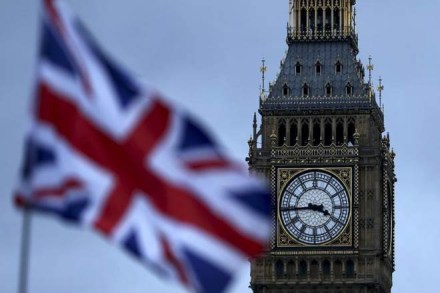The new year has been tumultuous for the UK. The Brexit decision is imminent as the deadline of March 29 is approaching. The political system has been obsessively waiting for a decision. The referendum was way back in June of 2016 . It shocked David Cameron, the then PM. He resigned and Theresa May took his place in July 2016. Since then, there have been negotiations between the UK and the 27 remaining members of the EU.
The details of leaving were never specified in detail. The basic complaint was about free movement of labour within the single market of the EU. After the 2008 crash in the UK, austerity had followed. People could not tolerate Romanians and Bulgarians, the latest members of the EU, coming to UK and competing for jobs and sharing in the health facilities and free schools for their children. The leaders of Brexit were the Eton and Oxford elite, and not deprived people. They were confident that exit would be easy. The UK would not have to pay towards the EU budget—£350 million a week for the NHS was the slogan. Remaining within the customs union meant that UK was not free to negotiate free trade treaties unilaterally. Once out, UK will be able negotiate free trade treaties with everyone.
These two issues were the key ones in negotiating the withdrawal deal. The hard Brexiteers, all in the Conservative Party, want out of both. They would be happy to exit without a deal if necessary. But no deal would mean that all trade between the EU and UK—10,000 lorries a day into Dover—would be stopped, inspected, and charged tariffs on; hence, inordinate delays would arrive, compared to the smooth passage now. With no deal, UK citizens would not be able to travel to EU visa free.
READ ALSO | The RuPay card PM Modi used to buy jackets; Know all about this India MasterCard, Visa rival
Apart from the minority hard Brexiteers—all dreaming of an old imperial Britain—the rest are divided between moderate Brexiteers, who want out but with a deal which will not harm trade. This means some form of customs union but without a single market. There are Remainers who want to stay in the a single market and customs union, with no Brexit at all. They want a second referendum in the hope of reversing the earlier decision.
Theresa May has negotiated a deal which will let the UK leave without disrupting trade and then negotiate a free trade treaty with the EU. The EU were happy with this. The procedure required that the European Parliament would have to approve the deal as well as the 27 separate members of the EU. At this revelation, the Parliament insisted that whatever deal was negotiated had to be put before Parliament for ‘a meaningful vote ‘. Thus, the executive was not free to settle the issue unilaterally.
READ ALSO | Watch: Facebook tests new ‘LOL’ feature to keep teens distracted with old memes
But the deal has hit a snag. Since the Irish Republic is a member of the EU, the problem is that it shares a border with Northern Ireland which is part of the UK. The border was guaranteed to be free as part of an international treaty signed in 1998 to restore peace in Northern Ireland after thirty years of ‘troubles’. The border cannot be free with one part in the customs union and one part out. The solution is that Northern Ireland could have freedom to fix its own customs regime. But Northern Ireland is firmly against any independence from the UK since its Protestant majority fears that devolution would lead to a reunion of North and South Ireland, a prospect against which the majority fought in 1920. The whole of UK has to be in or out.
The compromise fixed was that, for a temporary period, Northern Ireland would remain in the customs union till a free trade treaty is worked out between EU and UK. This is the back stop. But how long will the back stop last? No one can say. The Brexiteers and the Democratic Unionist Party of Northern Ireland want a fixed time limit to the back stop. The EU says it cannot allow this.
READ ALSO | The Fast Lane: How intermittent fasting is becoming new wellness rage
This is why the deal, negotiated by Theresa May, was voted out by the largest vote ever in the House of Commons last Tuesday. She has survived a no-confidence motion. She has to come back to Parliament on Monday with plan B. If she can come back with a deal which accepts the customs union but no single market (known as the Norway option), it would get a majority. Of course, it has to be accepted by the EU which has said the deal is not susceptible to amendment, so a new formulation of the back stop is the best bet. But the hard Brexiteers’ dream of negotiating free trade treaties with everyone would not be satisfied. (In fact, any such treaty would take a minimum five years to negotiate. The Eton and Oxford elite are not burdened by facts). It could be that Theresa May could isolate the hard Brexiteers, about one-third of the Conservative Party, if she can attract the support of the Remainers with a compromise solution. This will give her a majority.
Parliament has taken power back in its hands. If UK is to exit the EU, it will be only with the support of a majority of the House of Commons. The executive has been properly humbled.
The author is a prominent economist and Labour peer
